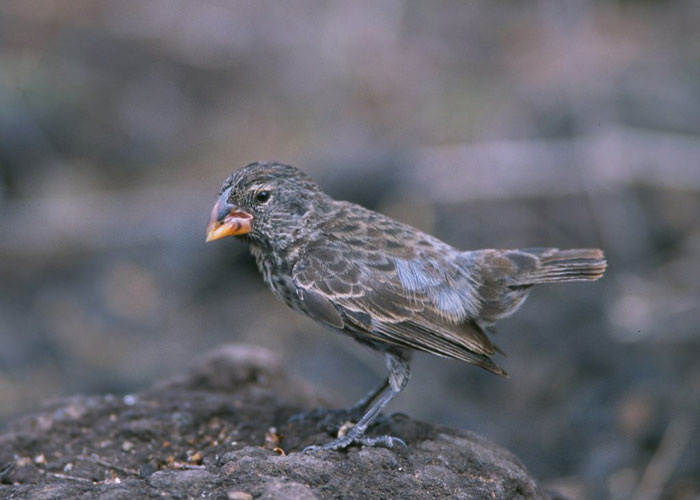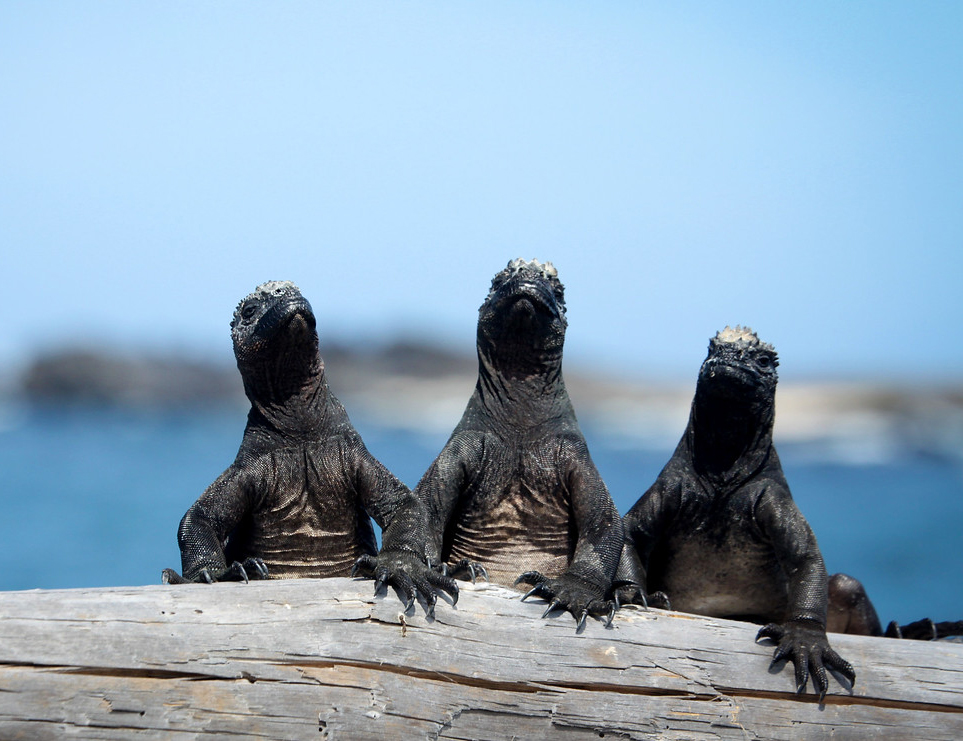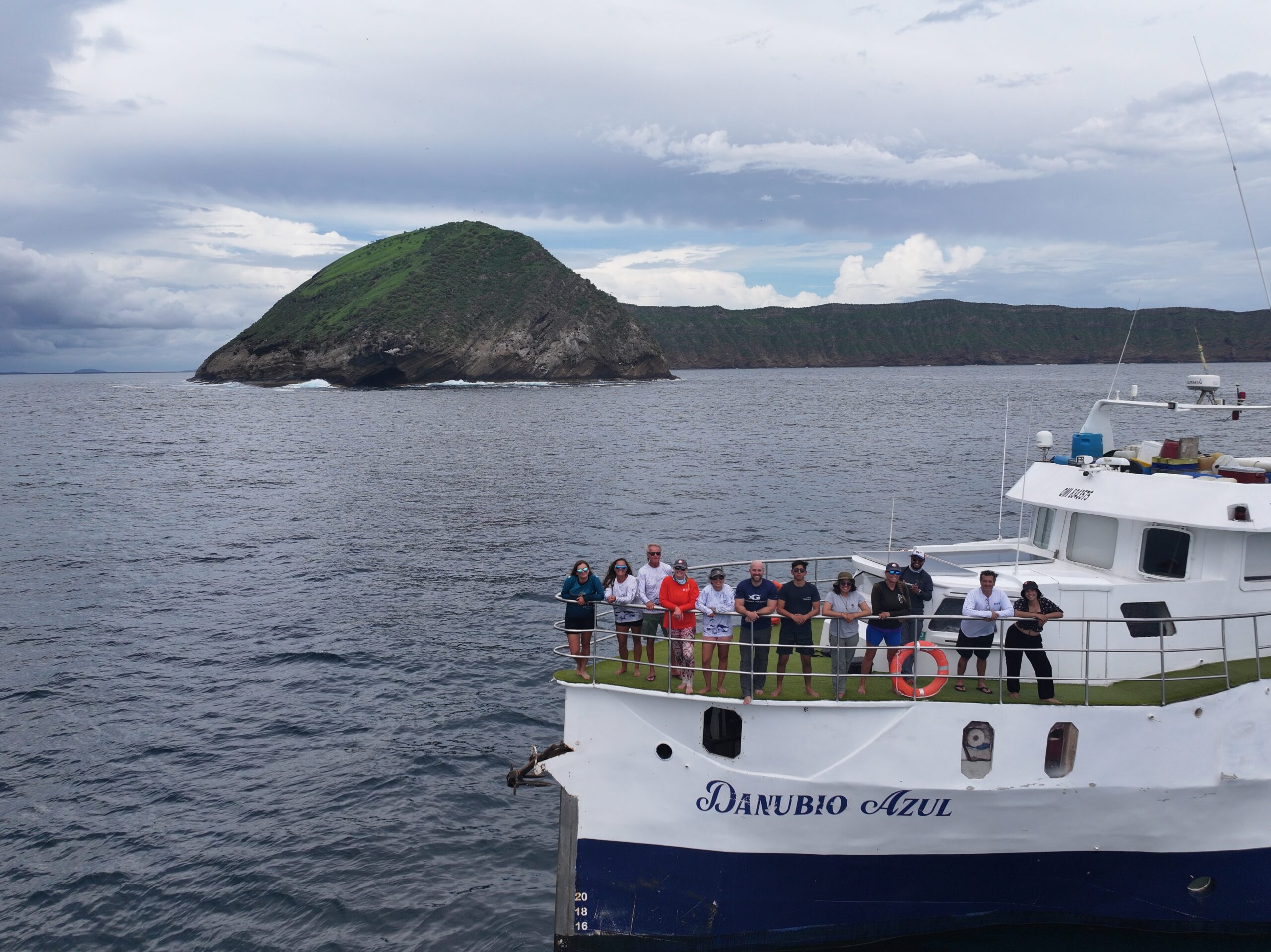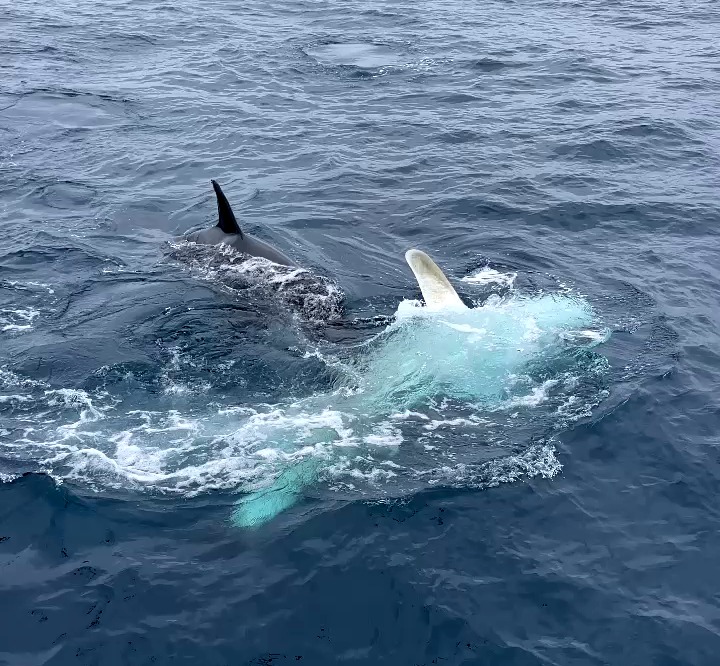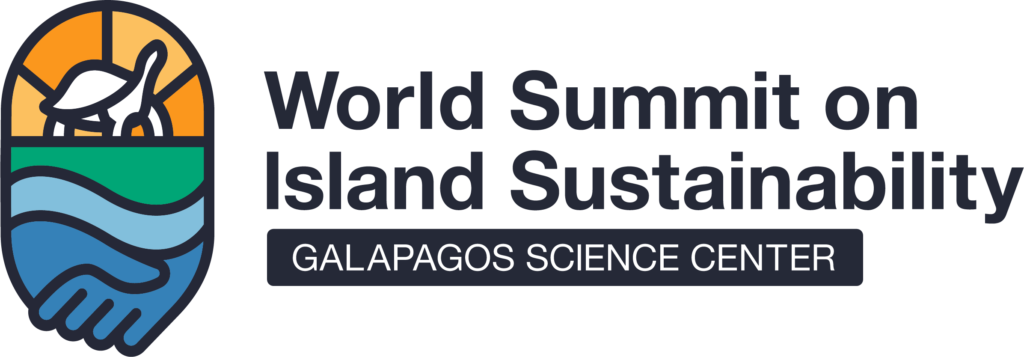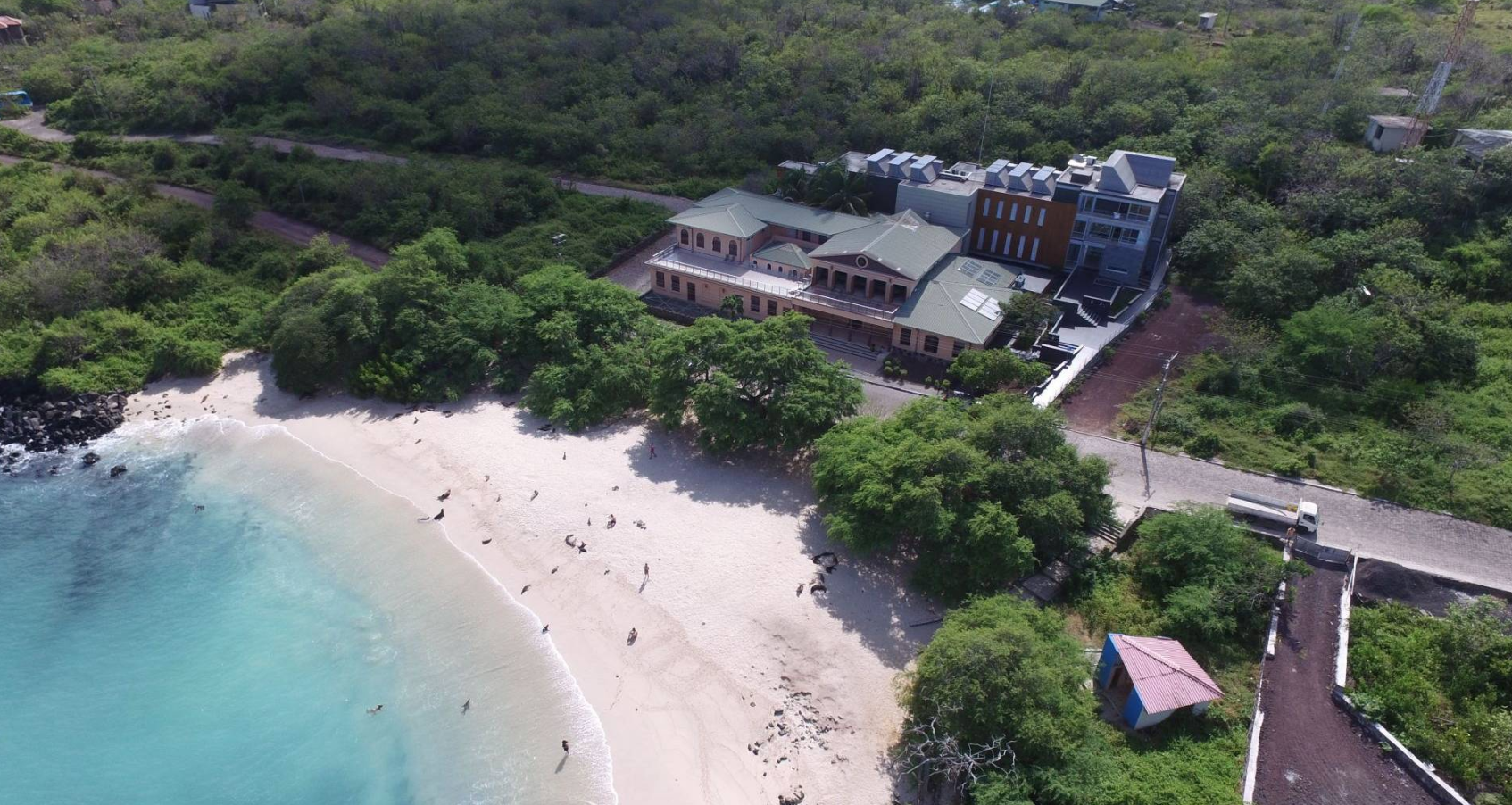Darwin’s finches are some of the best-known species from the Galápagos Islands. They have helped us understand adaptive radiation, the process by which many species can arise from one original ancestor. In the Galápagos Islands, since the colonization of their nearest ancestor 2.75 MYA Darwin’s finches have radiated into the 14 separate species we know today.
Three sympatric species of Geospiza finches in El Garrapatero on Santa Cruz Island are an excellent example of radiation and speciation in process. G.fuliginosa (small), G.fortis (medium) and G.magnirostris (large) ground finches are at the tip of the evolutionary branches and as such they are relatively new species. The on-going variation in their adaptive trait – their beaks – continues to diverge under natural selection pressures. A newly published study by Chaves et al. (2016) found that only 11 out of 32 569 SNP’s (single nucleotide polymorphism) or very minute regions of the genome are related to beak shape and body size on all three species. This is a very small number of SNP’s for such a significant trait.
RAD-Seq is a new technique that allows us to find markers on an entire genome. The authors found that some of the 11 SNP’s are located near genes previously known to be involved in the radiation of beak morphology across Darwin’s finches, but others are not. So some may influence divergence in the macro (genera) and in the micro (speciation) scales. How these are expressed is due to a combination of breeding selection and/or environmental pressures.
In songbirds speciation involves species-specific song learning and physical recognition. Should these queues be confused, they could act as reproductive barriers. But if appearance is too similar or the wrong song is imprinted it can lead to hybridisation. Interestingly G.fortis birds have the genetic and morphological evidence of hybridisation between these three species. Genetic compatibility exists and speciation in this case is as yet incomplete. This can increase genetic variation in either direction it goes and “it can mediate early stages of ecological speciation at the tips the radiation”. Natural selection has acted upon Darwin’s finches during our lifetimes and it will continue to do so given the ever-changing environmental conditions. It will never cease to be fascinating seeing how genes and natural environmental unpredictability keep evolution in motion.
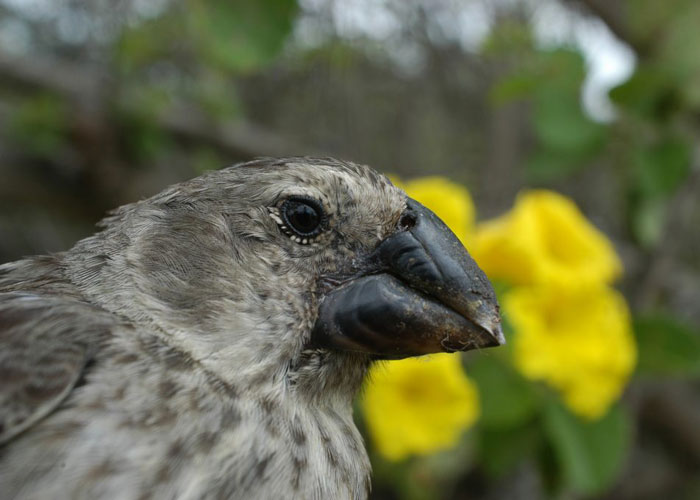
Reference
Chaves, J.A., Cooper, E.A., Hendry, A.P., Podos, J., De León, L.F., Raeymaekers, J.A., MacMillan, W.O. and Uy, J.A.C., 2016. Genomic variation at the tips of the adaptive radiation of Darwin’s finches. Molecular Ecology.

